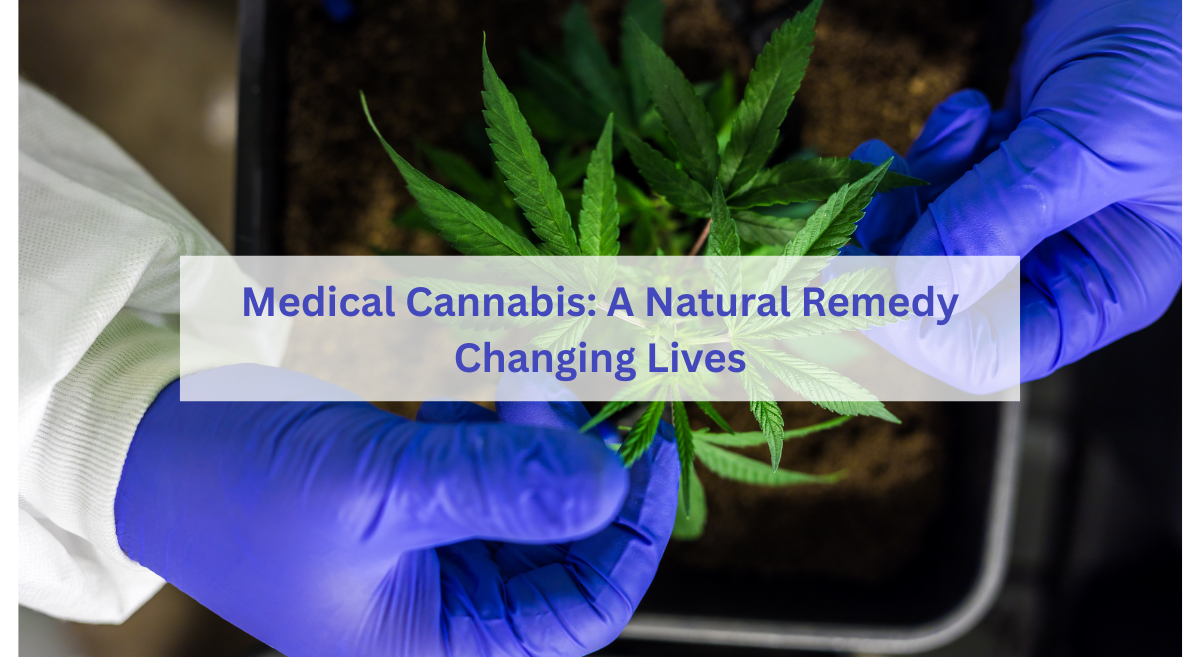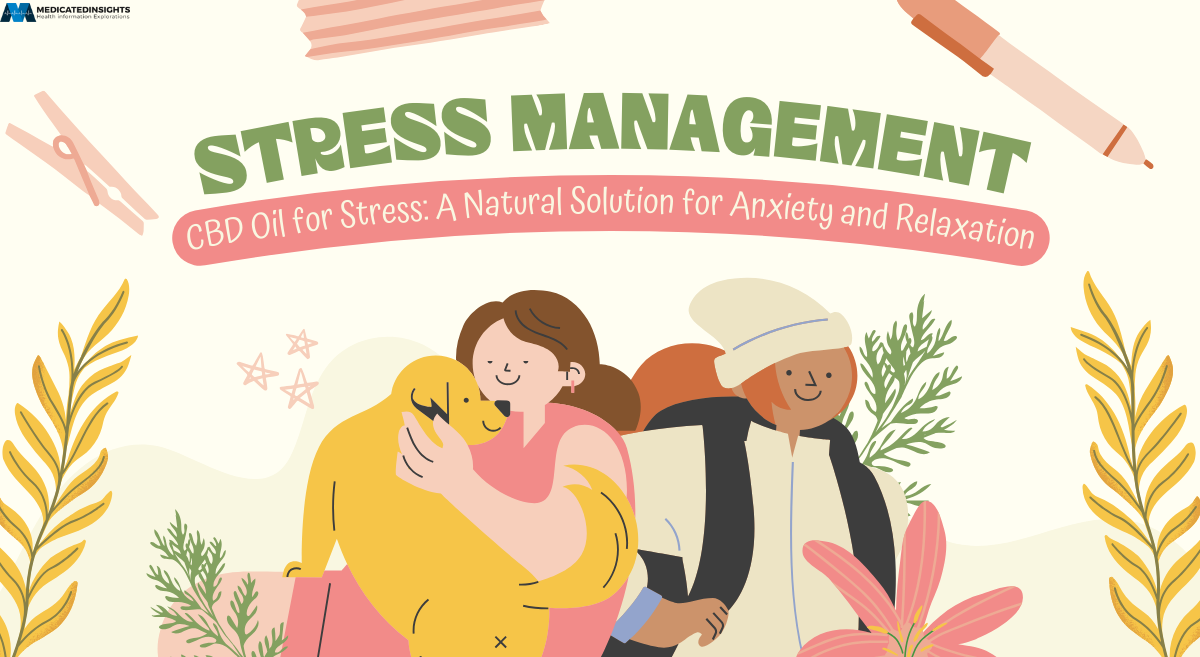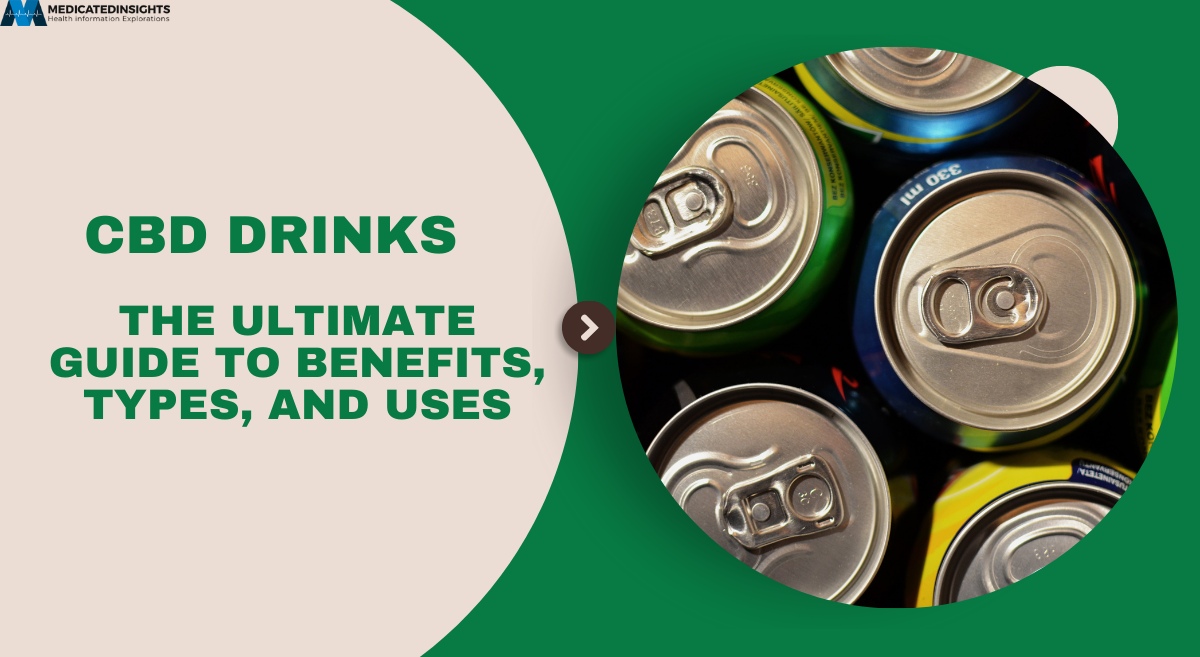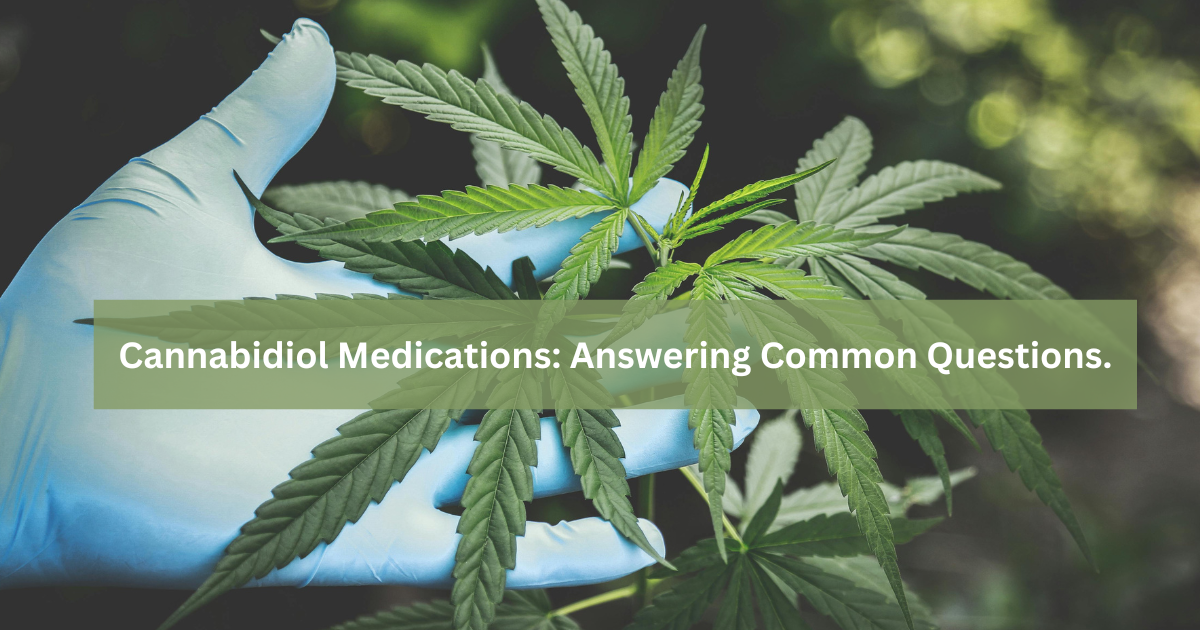Medical cannabis is more than just a plant—it’s a beacon of hope for millions of people battling chronic pain, mental health disorders, and life-altering diseases. What was once stigmatized as a dangerous drug is now being recognized as a powerful natural remedy. But why is medical cannabis gaining so much traction worldwide? Is it the miracle cure people claim it to be?
In this deep dive, we’ll explore the history, benefits, risks, and future of medical cannabis. Whether you’re a patient looking for alternative treatment or simply curious about its medicinal properties, this guide will answer all your questions.
A Brief History of Medical Cannabis
Ancient Uses of Cannabis in Medicine
Medical cannabis isn’t new—its use dates back thousands of years. Ancient Chinese texts from around 2700 BCE describe cannabis as a treatment for pain and inflammation. The Egyptians used it for eye conditions, and in India, cannabis was part of Ayurvedic medicine to relieve anxiety and digestive issues.
The Decline and Resurgence of Medical Cannabis
Despite its historical significance, cannabis fell out of favor in the 20th century. Governments worldwide criminalized its use due to political and social factors, pushing it into the shadows. However, in recent decades, research has unveiled its incredible therapeutic potential, leading to a resurgence of medical cannabis programs in numerous countries.
How Medical Cannabis Works
The Endocannabinoid System (ECS)
Ever wonder why cannabis has such a profound effect on the body? The answer lies in the endocannabinoid system (ECS), a complex network of receptors that help regulate pain, mood, appetite, and immune responses.
How Cannabis Interacts with the Body
The two main compounds in cannabis—tetrahydrocannabinol (THC) and cannabidiol (CBD)—bind to ECS receptors, influencing various bodily functions. THC is responsible for the psychoactive effects, while CBD offers therapeutic benefits without the high.
Health Benefits of Medical Cannabis
Medical cannabis is being used to treat a wide range of conditions. Here are some of the most common:
1. Pain Management
Chronic pain is one of the leading reasons people turn to medical cannabis. Studies show that cannabis can significantly reduce pain by interacting with pain receptors in the brain.
2. Anxiety and Depression Relief
CBD, a non-psychoactive component of cannabis, has been shown to reduce anxiety and depression by influencing serotonin levels in the brain.
3. Neurological Disorders (Epilepsy, Parkinson’s, MS)
The FDA-approved drug Epidiolex, which contains CBD, is used to treat rare forms of epilepsy. Medical cannabis is also helping Parkinson’s patients by reducing tremors and improving motor function.
4. Cancer Symptom Relief
Cannabis helps cancer patients by alleviating nausea, improving appetite, and managing chemotherapy-induced pain. Some studies suggest it may even slow cancer growth.
Different Forms of Medical Cannabis
Medical cannabis comes in several forms, allowing patients to choose the method that best suits their needs.
1. Oils and Tinctures
These are liquid extracts taken sublingually (under the tongue) for fast absorption.
2. Edibles
Cannabis-infused foods and beverages provide a longer-lasting effect but take time to kick in.
3. Topicals
Lotions, creams, and balms infused with cannabis are used for localized pain relief without psychoactive effects.
4. Inhalation Methods
Smoking and vaporizing offer the fastest relief, making them ideal for sudden symptoms like migraines or anxiety attacks.
Medical Cannabis vs. Traditional Medicine
Comparing Effectiveness
Traditional pharmaceuticals often come with a long list of side effects. Medical cannabis, on the other hand, is a natural alternative with fewer risks for many conditions.
Fewer Side Effects than Pharmaceuticals?
While traditional medications like opioids can be highly addictive, cannabis has a much lower risk of dependency and overdose.
The Legal Status of Medical Cannabis
Countries Where Medical Cannabis Is Legal
For decades, cannabis was demonized and banned worldwide, but the tides are shifting. Today, medical cannabis is legal in many countries, including Canada, Germany, Australia, Israel, and an increasing number of U.S. states. These governments have recognized the plant’s immense therapeutic potential, giving patients access to a natural alternative that could change their lives.
Ongoing Legalization Efforts
Despite its growing acceptance, medical cannabis remains illegal in many parts of the world. Patients suffering from chronic pain, epilepsy, or terminal illnesses often have no legal access to cannabis, forcing them to turn to dangerous pharmaceuticals or underground sources. The fight for medical cannabis legalization is ongoing, driven by patient advocacy groups and scientific research proving its effectiveness.
Risks and Side Effects of Medical Cannabis
Potential Adverse Effects
Like any medicine, cannabis isn’t perfect. While it offers relief to millions, it can also cause unwanted side effects, including:
-
Dry mouth
-
Dizziness
-
Increased heart rate
-
Short-term memory issues
However, these effects are generally mild compared to those of traditional pharmaceuticals like opioids, which carry the risk of overdose and addiction.
Who Should Avoid Medical Cannabis?
Medical cannabis isn’t for everyone. Pregnant women, individuals with a history of schizophrenia, and those prone to substance abuse should consult a doctor before using cannabis. Responsible use and medical supervision are essential to ensuring safety.
How to Get a Medical Cannabis Prescription
The Process in Different Regions
Accessing medical cannabis varies depending on where you live. In countries where it’s legal, the process usually involves:
-
Consulting a doctor to determine eligibility
-
Obtaining a medical cannabis card or prescription
-
Purchasing cannabis from licensed dispensaries
Conditions That Qualify
Not every illness qualifies for medical cannabis treatment. Common conditions that allow medical cannabis prescriptions include:
-
Chronic pain
-
Epilepsy
-
PTSD
-
Cancer-related symptoms
-
Multiple sclerosis
Governments and medical boards continue to update the list of qualifying conditions based on emerging research.
Medical Cannabis and Mental Health
Treating PTSD, Anxiety, and Depression
Mental health struggles can be debilitating, and traditional treatments don’t always work. Medical cannabis has shown promise in treating:
-
PTSD: Many veterans and trauma survivors report reduced flashbacks and nightmares.
-
Anxiety: CBD has calming effects without the drowsiness of prescription medications.
-
Depression: Cannabis can boost mood and promote relaxation in some individuals.
How Cannabis Affects Mood
The cannabinoids in cannabis interact with the brain’s neurotransmitters, influencing emotions and stress responses. Unlike antidepressants, which take weeks to work, cannabis often provides immediate relief for anxiety and depression.
Medical Cannabis and Chronic Pain Management
The Opioid Crisis and Cannabis as an Alternative
The world is in the grip of an opioid crisis, with thousands of people dying from overdoses each year. Opioids, though effective for pain relief, are dangerously addictive. Medical cannabis is emerging as a safer alternative, helping patients manage pain without the risk of fatal overdose.
Scientific Studies Supporting Cannabis for Pain Relief
Research has shown that cannabis can reduce pain in conditions like arthritis, fibromyalgia, and neuropathy. Many patients have successfully transitioned from opioids to cannabis, reclaiming their quality of life without addiction.
The Science Behind Medical Cannabis
Key Cannabinoids (THC, CBD, CBN)
Cannabis contains over 100 cannabinoids, but the most studied ones are:
-
THC: Responsible for the “high” but also offers pain relief and anti-nausea properties.
-
CBD: Non-psychoactive, known for its anti-inflammatory and anti-anxiety benefits.
-
CBN: Mildly psychoactive, helpful for sleep disorders.
How They Impact the Body
Each cannabinoid interacts with the body differently, targeting pain, inflammation, and mental health issues in unique ways. Understanding their effects helps patients choose the right cannabis products for their needs.
How to Use Medical Cannabis Safely
Dosage Guidelines
Finding the right dosage is crucial. Too little might not provide relief, while too much could cause discomfort. Doctors usually recommend:
-
Low doses for beginners (starting with 2.5 mg of THC or 10 mg of CBD)
-
Gradual increases based on individual tolerance and condition severity
Avoiding Dependency
Although medical cannabis is far less addictive than opioids, overuse can still lead to dependency. Responsible use, combined with medical supervision, ensures long-term benefits without negative consequences.
Myths and Misconceptions About Medical Cannabis
Debunking Common Myths
Despite scientific evidence, myths about cannabis persist:
-
“Cannabis is just a recreational drug.” → No, it has legitimate medical uses backed by research.
-
“It kills brain cells.” → Studies suggest cannabis may actually promote brain cell growth in certain cases.
-
“It leads to harder drug use.” → The “gateway drug” theory has been widely debunked.
Addressing Stigma
Many patients fear judgment for using medical cannabis. Education and open conversations are essential in breaking the stigma and encouraging its acceptance as a valid medical treatment.
The Future of Medical Cannabis
Ongoing Research and Medical Breakthroughs
As cannabis research expands, scientists are discovering new therapeutic uses. Clinical trials are exploring its potential in:
-
Treating Alzheimer’s and dementia
-
Managing autoimmune diseases
-
Supporting mental health treatments
The Potential for Full Global Legalization
With increasing evidence supporting its benefits, full legalization of medical cannabis seems inevitable. However, challenges remain, including regulatory hurdles and the pharmaceutical industry’s resistance.
The future is bright, and medical cannabis is on the path to becoming one of the most significant medical breakthroughs of our time.
Conclusion
Medical cannabis is not just a plant—it’s a lifeline for countless individuals battling pain, anxiety, epilepsy, and more. Its journey from ancient medicine to a modern-day treatment option has been long and complex, but the results speak for themselves. As more countries legalize its use and research continues to validate its benefits, we may soon see a world where cannabis is a mainstream medical treatment rather than a controversial topic.
If you or a loved one are considering medical cannabis, consult a healthcare professional to ensure safe and effective use. The future of medicine is evolving, and medical cannabis is leading the way.
FAQs
1. Is medical cannabis addictive?
While cannabis has a lower addiction potential than opioids or alcohol, heavy use can lead to dependence in some individuals. Responsible consumption is key.
2. Can I drive after using medical cannabis?
No. Just like alcohol or prescription painkillers, cannabis can impair coordination and reaction time. Always wait until the effects wear off before driving.
3. How long does medical cannabis take to work?
It depends on the method of consumption. Inhaled cannabis works within minutes, while edibles can take 30 minutes to two hours to take effect.
4. Does medical cannabis cure diseases?
Cannabis doesn’t cure diseases, but it helps manage symptoms effectively. Research is ongoing to determine its potential in disease treatment.
5. Can I travel with medical cannabis?
This depends on local and international laws. Some countries allow medical cannabis prescriptions, while others strictly prohibit it. Always check legal regulations before traveling.





